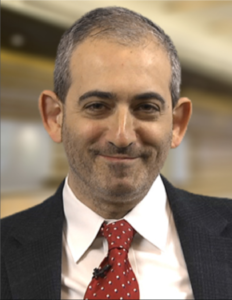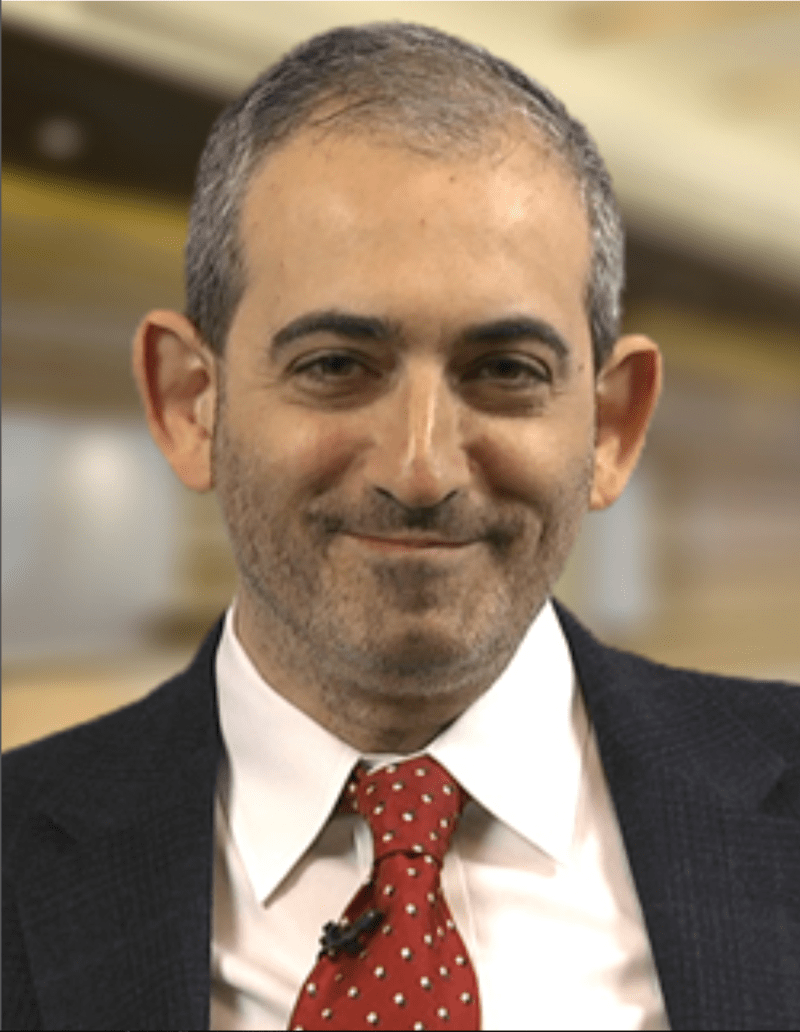The majority of patients with systemic mastocytosis (SM), a rare blood cancer, are in need of an effective drug. Jason Gotlib M.D. ’95 M.S. ’03, associate professor of medicine, might have made a breakthrough.
In a study published last month in the New England Journal of Medicine, Gotlib and his team found that SM responds to a drug called midostaurin, a “protein kinase inhibitor” currently undergoing trials for its effectiveness with various diseases.
The study, which was a collaboration between principal investigators from 29 academic institutions worldwide, was spearheaded by Gotlib and sponsored by pharmaceutical company Novartis. Gotlib, a hematologist, hopes that the study’s results could be “practice-changing,” as SM currently has only one form of approved treatment, which is largely ineffective.

(Courtesy of Jason Gotlib)
Novartis has submitted midostaurin to the U.S. Food and Drug Administration (FDA) for approval. Gotlib said that the drug will likely be approved later this year or in early 2017.
In SM, mast cells are overproduced and accumulate in organs such as the bone marrow, spleen, liver, lymph nodes, skin and gut. In advanced forms of the disease, mast cells’ infiltration of organs leads to low blood counts and liver function abnormalities as well as decreased absorption in the small intestine and weight loss.
In about 90 percent of patients with SM, the disease is a result of a gene mutation called KIT D816V. Midostaurin is felt to be active in SM patients by blocking the activity of the D816V-mutated KIT receptor tyrosine kinase.
European investigators have recently shown that midostaurin may benefit patients with earlier stages of the disease. A recent international trial has also shown that the drug can improve survival in patients with acute myeloid leukemia with a particular type of mutation called FLT3, another target of midostaurin.
Gotlib and his colleagues’ trial shows that the drug may allow patients with the most deadly form of SM to live longer; midostaurin-treated mast cell leukemia patients lived about 3-4 months longer than average historical survivals in this poor-prognosis subtype.
The drug did produce side effects in some patients, such as low-grade nausea, vomiting and diarrhea. However, these side effects were generally quelled by administering the drug with meals and anti-nausea medicine.
The process of identifying midostaurin as an effective form of treatment was long and complex — “a decade-long story,” in Gotlib’s words.
The journey began 14 years ago when Gotlib, still a research fellow at Stanford, treated a patient with a blood cancer disease similar to SM. Gotlib prescribed the drug imatinib, and the patient initially experienced improvements. However, his cancer cells later developed a mutation causing resistance to the drug and he eventually succumbed to the disease.
Gotlib, who continued to think back to his experience with the patient, was frustrated at the lack of treatment options for rare blood diseases. Not long after working with the patient, Gotlib sent samples to Harvard researchers, who identified a specific molecular abnormality that had caused the patient to become resistant.
The Harvard researchers then created mice with this specific imatinib-resistant mutation and found that the mice responded to a drug that was structurally different — midostaurin. The findings excited Gotlib, who hoped that the positive results of the drug in mice would translate over to human blood cancers.
Gotlib decided to test the drug on a colleague’s patient with very advanced mast cell leukemia, which is a highly fatal variant of SM. The patient was treated under Novartis’ “compassionate-use program,” which grants access to medical products still under investigation.
“The patient, who was literally near death in the hospital, had a very impressive response and was able to leave the hospital, do activities and cook,” Gotlib said. “She did well for several months but then ended up developing resistance — not because her mast cell disease wasn’t under control but because she had an associated disease which led to acute leukemia.”
However, the patient’s initial positive results led to Gotlib’s study, which validated the drug’s effectiveness in patients with SM. Due to positive results and few side effects, Gotlib is confident the drug will be approved.
Contact Emma Cockerell at emmamc2000 ‘at’ gmail.com.
An earlier version of this article contained scientific inaccuracies and misstated the study’s publication date and Jason Gotlib’s title. The Daily regrets these errors.
